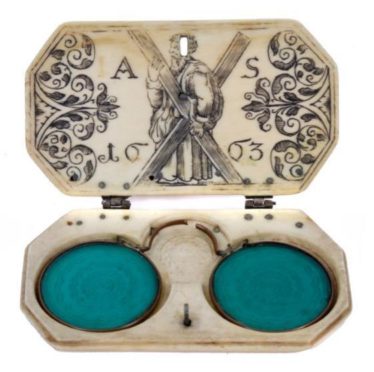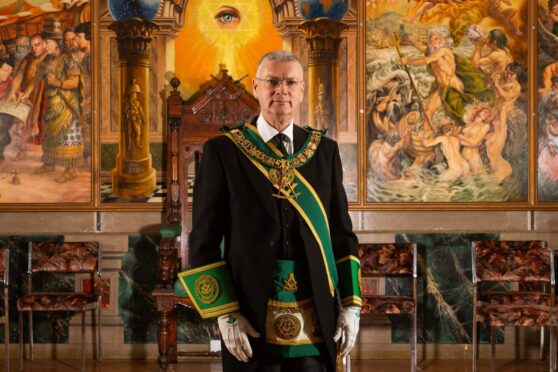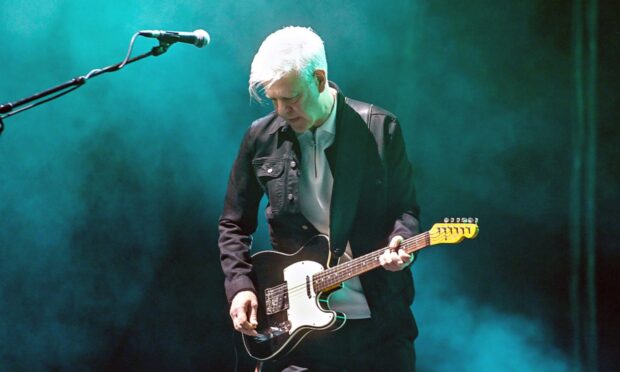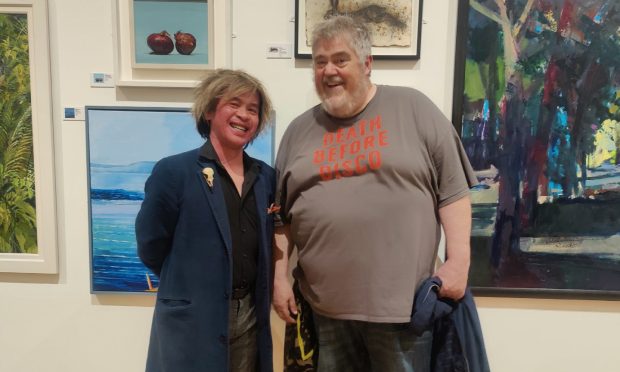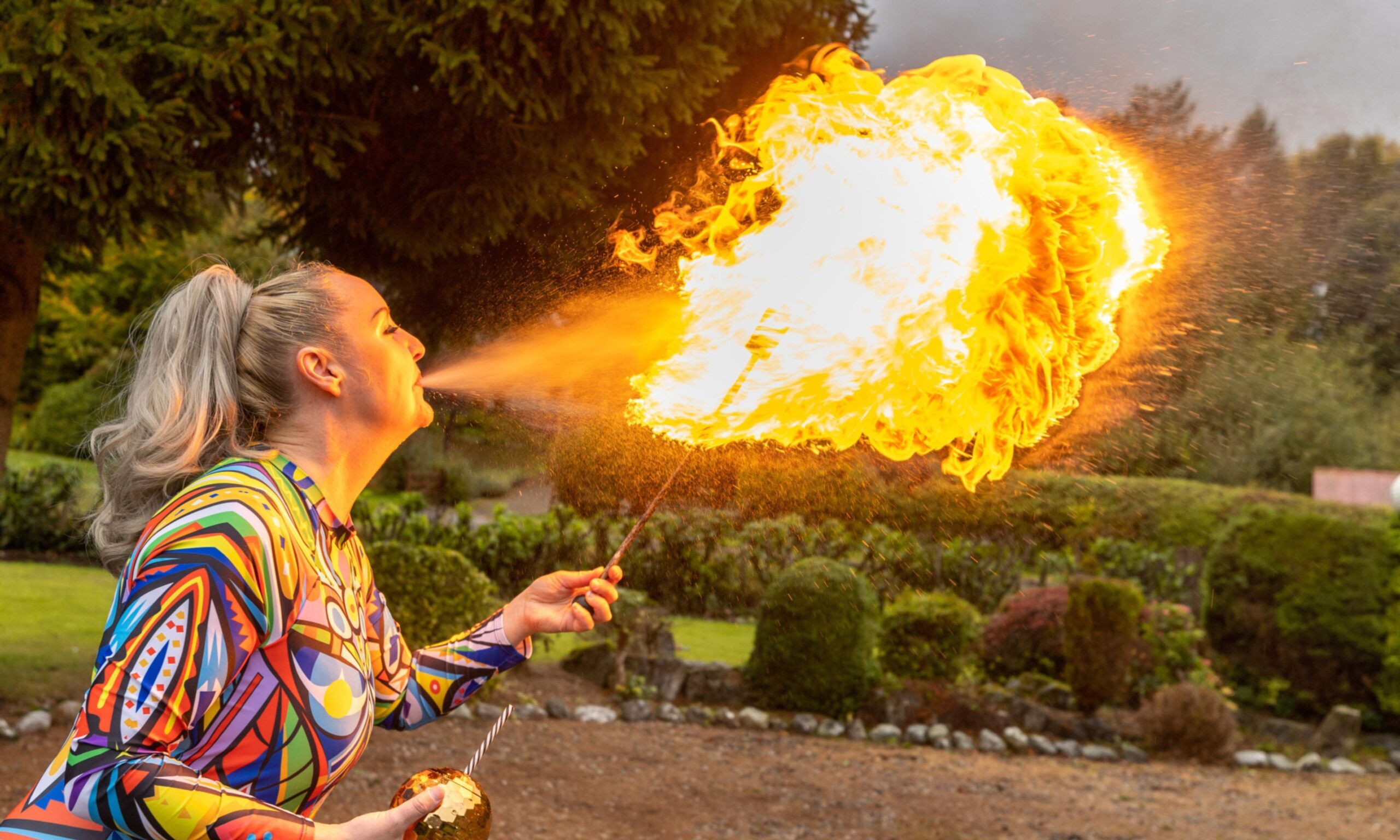Auctioneers Reeman Dansie of Colchester were founded 140 years ago and are still going strong. From their April 28 sale I offer something even more venerable – a rare and fine 17th Century carved ivory spectacle case of Scottish importance, with a pair of period sunglasses enclosed.
The ivory case is of rectangular form with carved roundel decoration and silver hinges.
There’s a dinky hook clasp, too. The interior of the lid is engraved and stained with the familiar figure of St Andrew carrying the Cross.
The saint is flanked by the initials ‘A. S.’ and the date 1663.
The accompanying sunglasses are of bow form with brass frames (broken) and green tinted glass lenses.
A market for antique spectacles
There is a market for spectacles and cases. In the way that early medical and surgical instruments are collected by doctors, and vintage glass and ceramic drug jars by pharmacists, so ophthalmologists and optometrists often collect period pieces from their ancient profession.
Ancient? Yes, remarkably, the earliest spectacles date from the 15th Century.
They were made of wood and leather and are documented in early woodcuts and paintings from that time. Spectacles became more common in the 18th Century, when they were adopted by the leisured classes as fashion accessories.
You may notice that the sunglasses shown are of the armless ‘pince nez’ type. This was the standard form until late in the 18th Century when continuous copper wire frames, with round lenses, became the norm. Occasionally, octagonal and rectangular lenses were used.
Most unusual, and a rarely seen aspect of mid-17th Century Scottish society, the case and sunglasses saw off pre-sale hopes of £500-£800 to sell for £2500.
